Mysterious Britain & Ireland
Llech Lafar, a speaking slab of marble by the River Alun is referred to by Wirt Sykes in his ‘British Goblins’ (1881). ‘The Talking Stone Llechlafar, or stone of loquacity, served as a bridge over the river Alyn, bounding the churchyard of St. David s in Pembrokeshire, on the northern side.
Written by fellow ASSAP (Association for the Scientific Study of Anomalous Phenomena) member, James Clark, Haunted Lambeth features a collection of paranormal tales including poltergeists, apparitions, black dogs and other unexplained phenomena.
St. Illtyd’s Well or the Butter Well as it is also known, can be found in a private garden near the Church of St Rhydian and St Illtyd in Llanrhidian. It acquired the name Butter Well after an event in the 12th century when milk apparently flowed from it for three hours.
The Dord Fiann is the mythical hunting horn of Fionn mac Cumhail. A dord is a large Irish bronze horn. They date from the Bronze Age.
The following description by Wirt Sikes of Newton Nottage’s well was published in his ‘British Goblins’ (1881). ‘At Newton Nottage, Glamorganshire, a holy well called Sanford s is so situated that the water is regulated in the well by the ocean tides.
The construction of Hadrian’s Wall began in AD122. It measured 73 miles and ran from Segedunum at Wallsend, across the width of the country to Bowness on Solway in Cumbria. Each mile there was a gateway through the wall which could be found at a milecastle, which was effectively a small fortlet and equally spaced between each milescastle were two turrets.
Oldnall Road, a seemingly unremarkable two-mile rural stretch of B-road between the towns of Halesowen and Stourbridge in the West Midlands, hit the international headlines a few months ago (1) following reports of a series of sightings of an apparition. Reports of ‘road ghosts’ are nothing unusual, they form an important part of ‘ghost lore’ throughout the world (2).
Out of the dark, supernatural depths of Victorian England one name stands out. Jack.
Not Jack the Ripper, but a more supernatural fiend – Spring Heeled Jack!
There is a general acceptance that the Green Man is a representation of a pagan deity, but this is not borne out by the abundance of Green Man carvings to be found on or within Christian churches. Could this contradiction be the clue that will lead to our understanding of this archaic figure? Why do we find the Green Many associated with churches?
Hills, mounds and burial sites. Places which have a timeless allure. Such places can be seen and regarded as mythically liminal, a place that it is not a place. A place outside of time. A place where the living freely walk with the dead. Barrows are just such places.

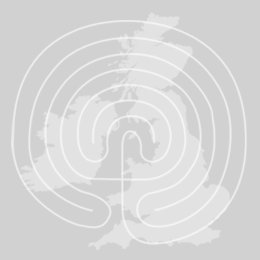
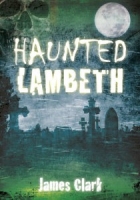
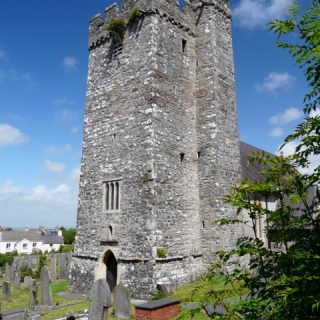

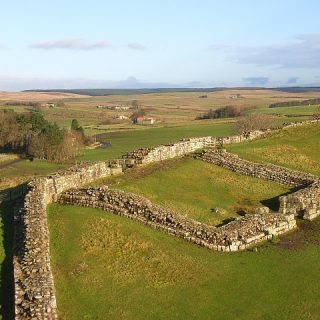

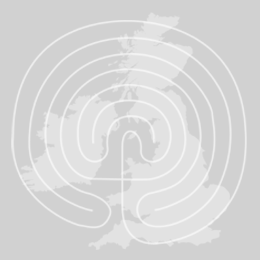
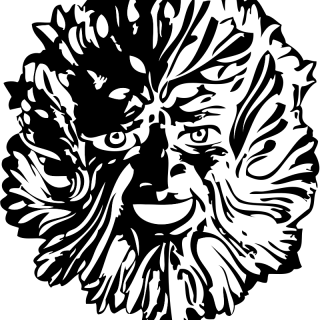
Recent Comments